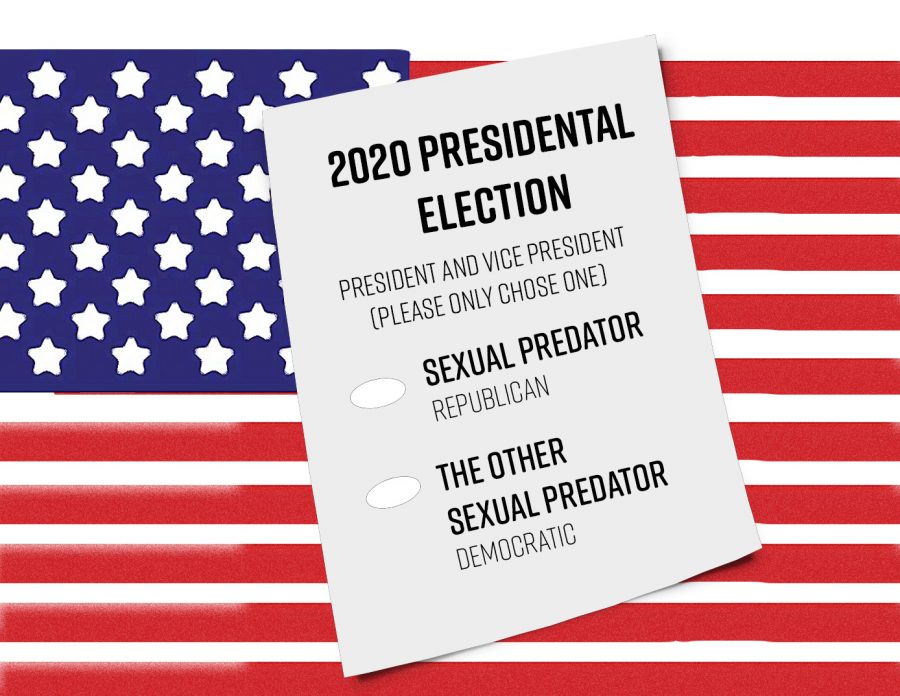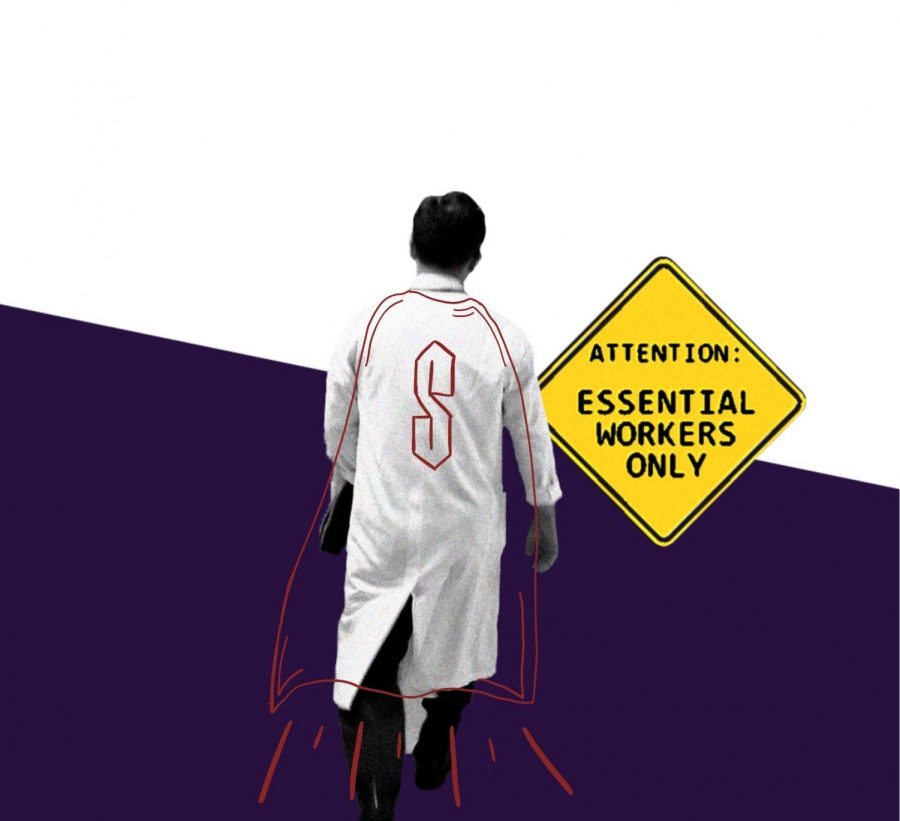The Beat mythology has returned. Beat culture was articulated in Bohemian circles, in New York, in the 1950s, by Jack Kerouac, Allen Ginsberg, William Burroughs and Neal Cassady. Theirs was an ideology premised on freedom and enlightenment, a mysticism of American highways and movement and radical individualism that ran counter to their hegemonic Cold War reality.
Theirs was going to be a revolution of poetry and exuberance that defied the typical, the suburban, the square—the words of those writers would inspire a generation to escape the void of “robot apartments,” “blind capitals,” “demonic industries,” and “monstrous bombs,” as Allen Ginsberg so vociferously phrased it in his poem “Howl” in 1956.
The emphasis on the liberating power of poetry has subsided, but the characters and the mythology has resurfaced in a series of films that were released over the past five years.
The first, an animated interpretation of “Howl,” told within the framework of its 1957 obscenity trial, stars James Franco as Allen Ginsberg. During the film, Franco yells, “O victory, we’re free!” against a backdrop of kids swinging to jazz music; images of his own tender homosexual affairs; and the tormented, impoverished, yet boldly ecstatic hipsters running through the streets of the city.
The second, a film adaptation of “On the Road,” the defining work of the Beat era, shows Sal Paradise, the alter-ego of the young Jack Kerouac. In the film, Paradise escapes the drudgery of Columbia University for a haphazard, freewheeling existence, traversing the liminal spaces between cities of Denver, San Francisco, New Orleans, in search of life and sex and some divine American essence that can only be discovered, it seems, by breaking with society.
He voices it distinctly in the trailer, “The only people for me are the mad ones, the ones who are mad to live, mad to talk, mad to be saved, desirous of everything at the same time, the ones who never yawn or say a commonplace thing, but burn, burn, burn like roman candles in the night.”
The last in the trilogy is “Kill Your Darlings,” somewhat of a biopic about the men’s early years at Columbia, the relationship between Ginsberg and another Beat personality, Lucian Carr, and the murder of his ex-lover. Although the plot later focuses on the crime, the beginning is centered around Carr, Ginsberg and Kerouac’s attempt to create a “New Vision,” a new and emotive and spontaneous style of both writing and living that didn’t conform to the censored literature and romantic style of verse that was being taught in their classes. Henry Miller and Arthur Rimbaud would triumph over Longfellow.
Why resurface now? Although they never disappeared entirely from American culture, they have always inspired someone at some time to make their way West (the frontier still being of epic importance to our collective memory, something that doesn’t cease to tug at us at some point). Why the great resurgence of, if not their written words, at least their iconography?
There is uncertainty in the air, a suspicion of typical consumptive adulthood where the landmarks are not the arches of the Utah desert or the coves at Big Sur, but the escalating series of purchases and financial commitments—car, home, retirement plan—to which we enslave ourselves. We are watching our friends graduate and often sink into vacant jobs. We speak with our parents, who talk about having settled.
The heroes of the Beat mythology speak to an alternative; they give us a different way to be in the world that is potentially more risky and lacks the traditional decorations of adulthood but offers instead a type of freedom and true investment in being that we have difficulty finding. Away from the comparatively gainful era of the 1990’s and early 2000’s, it seems entirely logical that these Beat-generation idols would resurface.
It’s important, though, to note the danger of this ideology as well. Aside from eliding the often troubled personal histories of the Beats, there is a deceit in the idea that merely by living a countercultural lifestyle that they are somehow participating in some kind of social change; truly, the type of society they so long for cannot possibly be accomplished by individual exhibitionist actions, but only though working on the level of policy and protest, a type of precise political activity that appears anathema to their aesthetic, which celebrates the self.Their freewheeling adventures are also largely possible because they are white men, and were thus afforded mobility that people of color, and especially women, would not have had in 1950s America.
Still, the Beat ethic is not worth abandoning entirely. There is a reason we idolize it now, and we could indeed all use an antidote to Ginsberg’s robot apartments and demonic industries, so long as we don’t get overly wrapped up in the false romanticism of the movement.











